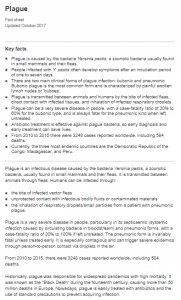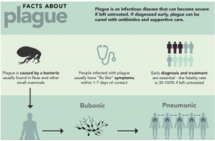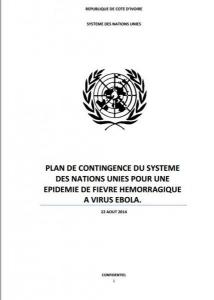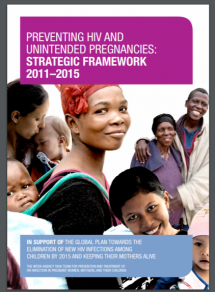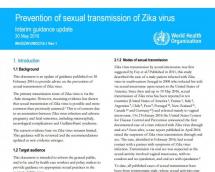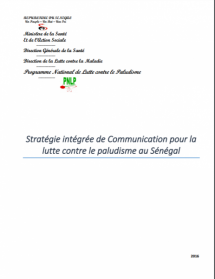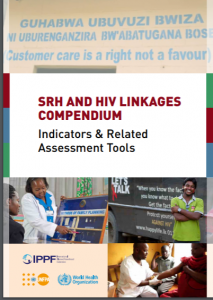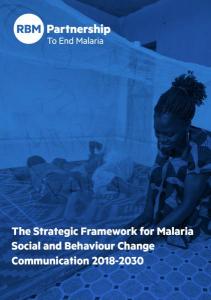Senegal Malaria Communication Strategy 2016-2020
L’évolution de la prévalence parasitaire de 2009 à 2015, classe toujours le Sénégal parmi les pays de l’Afrique Sub-saharienne (ASS) où le paludisme est endémique et constitue un problème de santé. Toutefois ce fardeau a connu une régression significative de plus de 50% entre 2009 et 2015. En effet, la prévalence parasitaire est passée de 5,9% à 1,2% et la mortalité toutes causes confondues de 72‰ naissances vivantes à 33 ‰ naissances vivantes chez les moins de 5 ans entre 2009 et 2014. Ces résultats probants ont permis au Sénégal d’atteindre les objectifs de Roll Back Malaria (RBM) en 2015.
Il faudra toutefois noter que le fardeau de la maladie est toujours lourd dans certaines régions du pays où les décès qui lui sont attribuables persistent. Des défis demeurent encore, notamment ceux en rapport avec l’accès universel aux interventions majeures comme l’utilisation des Moustiquaires Imprégnées à Longue Durée d’Action (MILDA) et le traitement par les combinaisons thérapeutiques à base d’artémisinine (CTA) jusqu’au niveau communautaire après un diagnostic avec les tests de diagnostic rapide (TDR).
L’impact des interventions de lutte contre le paludisme, ces dernières années, a fortement modifié la répartition géographique du fardeau de la maladie. Cette nouvelle configuration impose une stratification plus opérationnelle permettant d’adapter les interventions aux caractéristiques épidémiologiques locales. L’approche focalisée des interventions spécifiques par zone devient alors un impératif.
En 2016, suite à l’évaluation des performances du programme, le Sénégal a élaboré avec l’appui des partenaires un nouveau plan stratégique national (PSN) de lutte contre le paludisme.
Le plan stratégique 2016 -2020 de lutte contre le paludisme au Sénégal est résolument engagé vers l’accélération du contrôle du paludisme en vue de sa pré-élimination, d’où sa vision : « Un Sénégal émergent sans paludisme, pour un développement durable »
Dans le contexte de pré élimination du paludisme dans certaines régions et du renforcement du contrôle dans d’autres, il est plus que jamais nécessaire, de maintenir les acquis et d’adopter des stratégies novatrices pour atteindre les objectifs fixés dans le PSN 2016-2020. La mobilisation des ressources domestiques et l’inscription de la lutte contre le paludisme dans l’agenda des décideurs politiques restent des impératifs pour le PNLP de même que l’utilisation des services de prévention et de prise en charge. C’est dans ce cadre que le PNLP a décidé de définir une stratégie intégrée de communication prenant en compte toutes les interventions : MILDA, TPI, CPS, PEC, AID.
Last modified: March 25, 2019
Language: French


